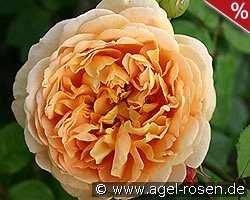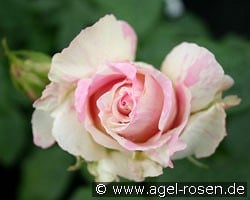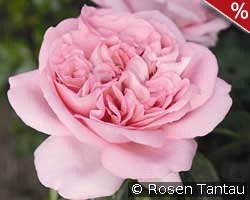In the case of tree roses, the varieties are grafted onto special "rootstocks" (rose blanks) at a certain height to determine the base of the crown. This technique makes it possible to graft tree roses of different heights. As the crown base is far above the ground, tree roses require less space on the ground than other rose classes and can thus also enrich smaller gardens. The characteristics of the high stem depend on the variety that is grafted. tree roses are also suitable as potted plants. In extremely cold winters, however, it is advisable to protect the crown from frost by packing it (air-permeable!).
If the grafting height is about 40 cm, the trunk is called a dwarf stem. At this height ground cover roses, floribunda roses or dwarf roses are usually grafted. If the crown base is about 65 cm, the trunk is called a half trunk. Ground cover, bedding or dwarf roses are often used here as well. Roses are called high-tree roses whose crown has a height of 90 cm or 110 cm. Almost all rose classes are grafted at this height, with the exception of dwarf roses. The mourning stem is 140 cm high and is characterized by hanging flower shoots. These result from the grafting of ground cover or climbing roses.



































